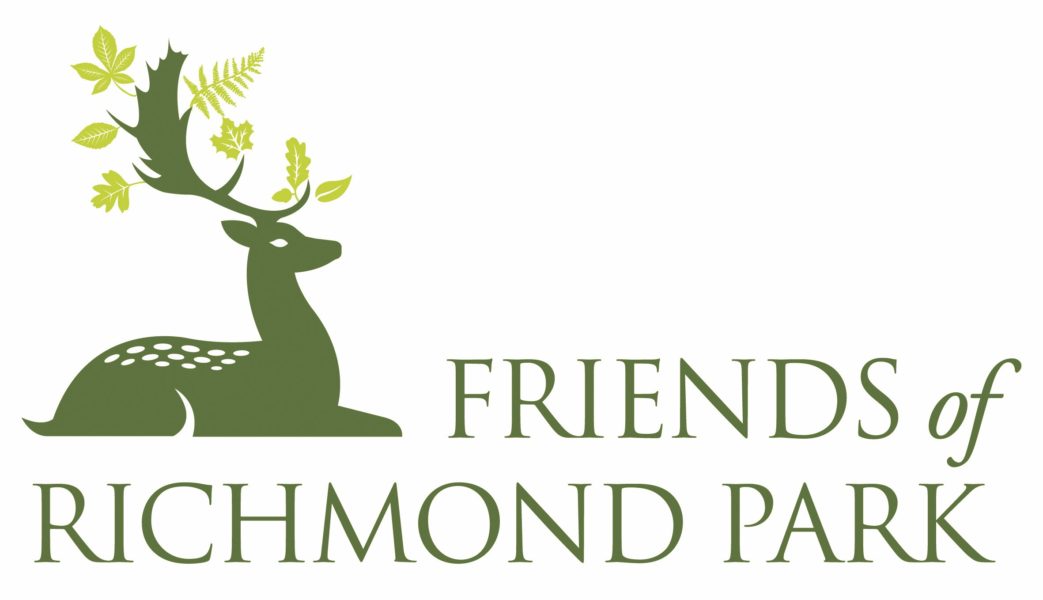Report on Heathrow Expansion consultation
as it concerns Richmond Park
This consultation, issued in mid-June, is primarily about the construction and operation of the 3rd runway and associated terminal, other facilities and transport infrastructure. It is the final consultation on the 3rd runway before Heathrow submits its proposals early in 2020 to the Planning Inspector for the planning enquiry due to start in summer 2020. Heathrow are checking they have covered everything and meeting their legal obligations to consult.
It includes a Preliminary Environmental Impact Report (PEIR) which focuses on the 3rd runway construction and operation and on the ‘core’ area surrounding it but also covers a wider area, which extends to Richmond Park. It is the key document for the Park and our comments are about its contents as far as they affect the Park.
The consultation’s treatment of Richmond Park is a mess. The Park is only partially covered; where it is covered some of results are just not credible; and the approach and methodology are biased against the Park and other large open spaces.
Coverage of Richmond Park
The PEIR section of the consultation document is divided into subject chapters – Noise, Biodiversity, Health etc. In some chapters Richmond Park is referred to, in others it gets passing reference, in others it is not mentioned at all. In many cases the material presented is inadequate.
For example:
- For noise, while Richmond Park is included in the analysis it only shows the increase in average noise levels, with nothing on high/peak noise (67-86dB) which is critical for wildlife and people seeking tranquillity. Nor is there detail on the what is being used for the current baseline noise level.
- For NOX emissions Richmond Park is only considered for the impact on stag beetles (legally protected under a European SAC) and not on the impact on veteran trees or acid grassland
- It is not referred to in the Community (covering recreation/amenity) or Landscape and Visual Amenity chapters, although the proposals will directly affect Richmond Park in both aspects.
- There is no reference to light pollution, although planes will be flying over the darkest place in London.
Credibility of analysis
Where Richmond Park is covered in the report, some of the results are just not credible.
For example:
- The noise increase from new flights over the Park is estimated to be less than 3 dB (on the Park’s 30dB ambient level). This is from 47 arriving aircraft/hour and a big increase in departing aircraft, all at a high noise level (67-86dB). Somehow Heathrow have concluded that the impact of the flights will not be significant.
- Richmond Park is rated High for ‘Heritage Significance’ but as only Medium impact from the new flight paths, even though the key criteria is ‘importance of noise (or lack of it) to heritage significance’
- For tranquillity, the Park is mentioned specifically as having ‘relative tranquillity’ but the impact of the proposals is expected to be negligible/slight – strange when the proposals are for noisy flights over the quietest place in London
Approach and methodology
The report spends a lot of time on the approach and methodology they have used. Much of it is good but many aspects are prejudiced against large open spaces like Richmond Park. For example:
- The noise analysis uses average noise over a 16-hour period (i.e. excluding night time). This substantially dampens the impact of high/peak noise in the results. It also does not allow for the impact on people sensitive to noise, who are often those with mental health issues. And there is no evidence that this measure is right for wildlife, e.g. foraging owls and bats, singing skylarks or fauna sensitive to high noise levels.
- A key in the analysis is the conclusion of a 2018 consultation that flights should be routed over open spaces rather than residential areas. However, the consultation was with 1000 bodies (including 524 parish councils!) none of which is responsible for managing/protecting large open spaces like Richmond Park.
- ….in addition the analysis uses an Airports National Policy Statement that flights should avoid National Parks and AONBs. Richmond Park, as a NNR, SSSI, European SAC and Grade 1 landscape, would seem to be an even more deserving case.
- The assessment methodology to establish ‘likely significant effects’ of noise is: change in average noise level x exposure (for how long) x resident population affected. The area of each community measured like this includes open spaces within five minutes’ walk. This approach obviously disadvantages Richmond Park with few residents and over five minutes from the bulk of its regular visitors and excludes Richmond Park being rated as ‘Adverse Likely Significant Effects’ from noise.
- For the impact of noise on mental health, the report cites evidence for regular noise over a sustained period of time, but does not consider the impact on people coming to the Park regularly or occasionally for the benefits of its tranquillity.
- The report ignores the World Health Organisation Community Noise Guidelines that existing large quiet outdoor areas should be preserved and the noise kept low.
At a number of places in the consultation documents, Heathrow says it will provide a full assessment of the impact of the new flight paths in a separate Airspace consultation in 2021, i.e. after the Planning Inspectorate have reached their decision about the 3rd runway project. Their aim is to avoid opposition to both the 3rd runway and the new flight paths at the same time.
However, it is a legal requirement that the Inspector is aware of all material effects and FRP believes that the flight paths will clearly have a material effect on Richmond Park that should be included in Heathrow’s submission to the Inspector (as an analogy: would you expect an Inspector to approve, say, a new port development on the south coast without considering the impact of the big-ship traffic on the nature reserve just up the coast?).
August 2019


